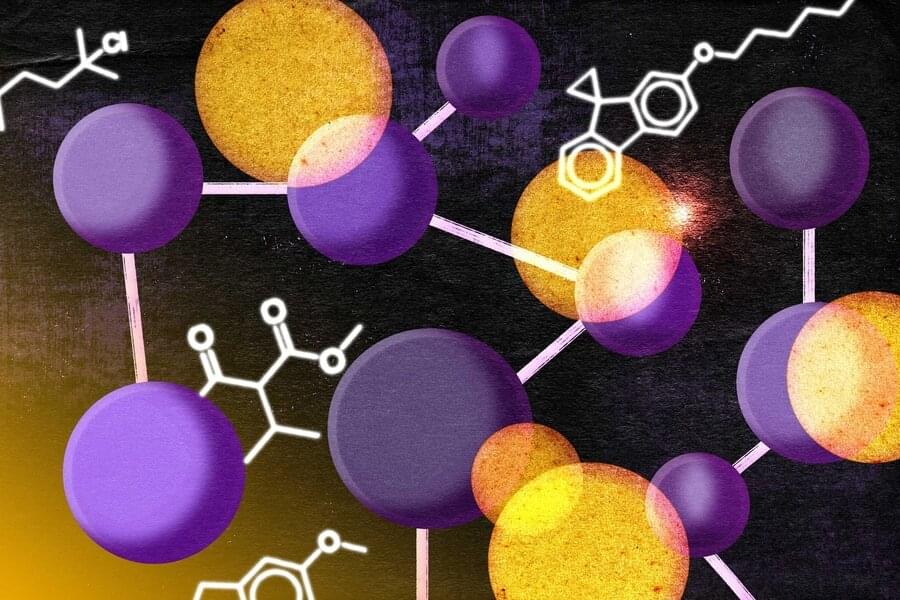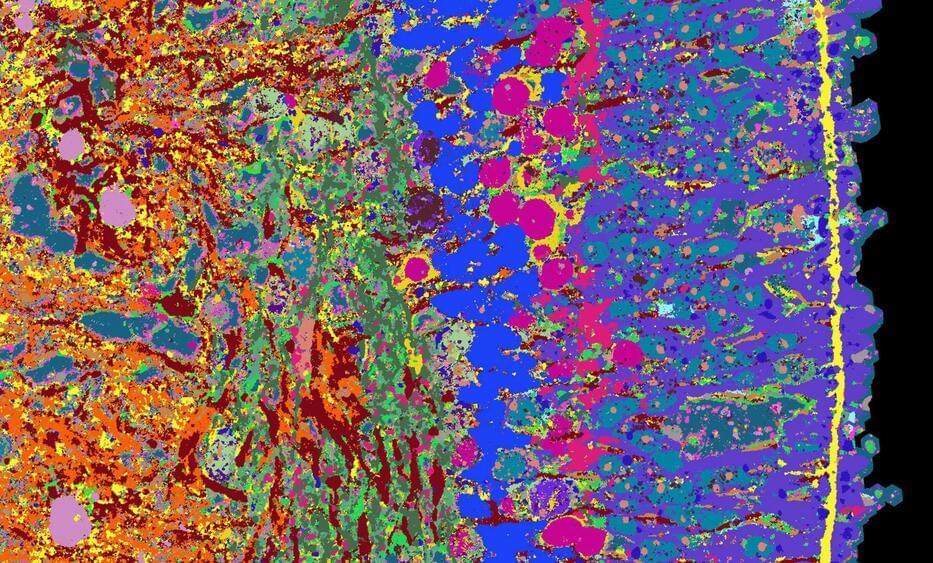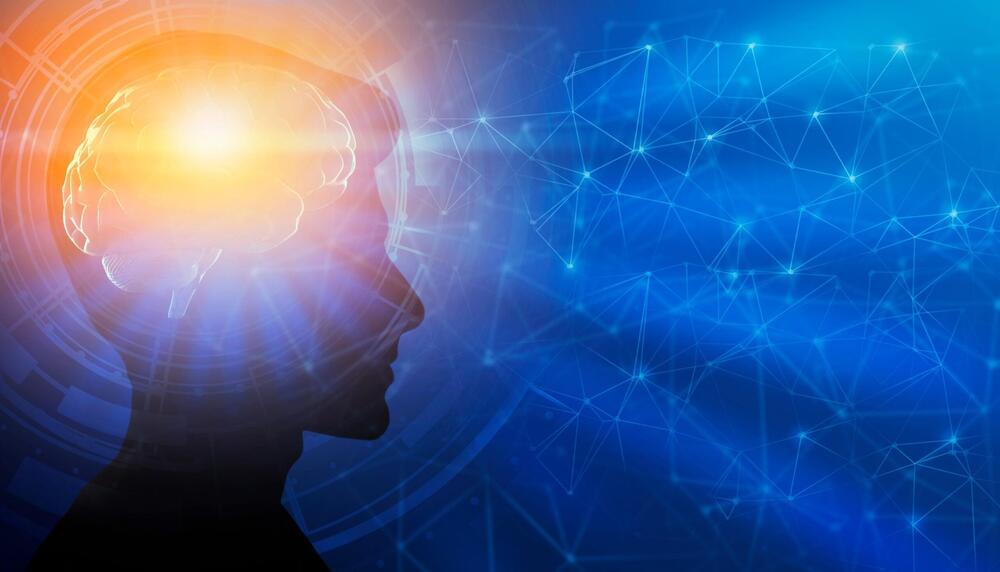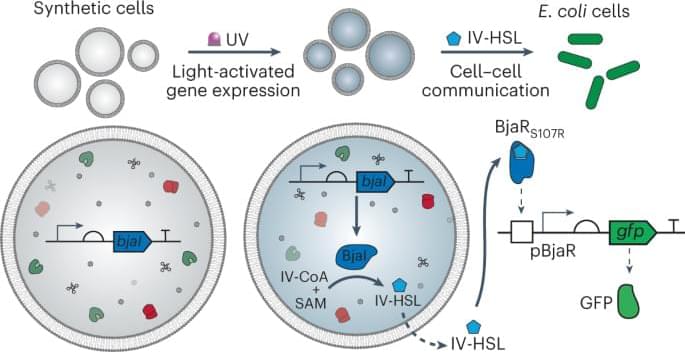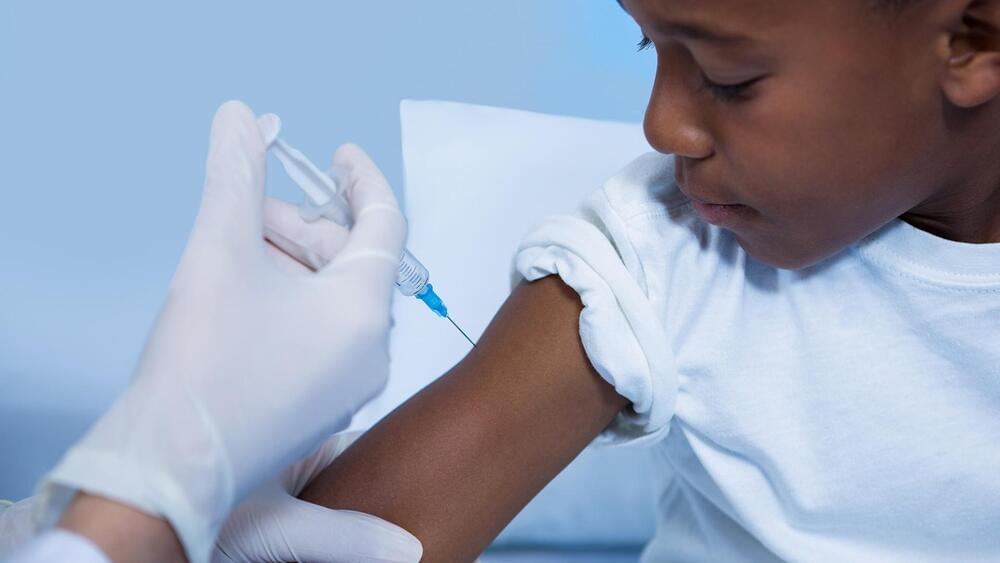The mesh has already proved successful on fruit fly larvae in Minnesota, and with two species of mushroom coral in Hawaii and Australia. In Florida, Hagedorn and colleagues were trying it on Diploria labyrinthiformis, a kind of brain coral whose larvae are more than 100 times bigger than those of mushroom coral. In the first few attempts, rewarmed larvae were falling apart. Each larval size, Hagedorn was learning, needs its own version of the treatment. “We’re struggling a little bit to get this to work,” she says.
WHILE SCIENTISTS such as Bischof and Hagedorn wrestle with vitrification, others are seeking an easier route by avoiding ultralow temperatures that require large infusions of cryoprotectant and make rewarming so challenging.
At Harvard University and MGH, scientists are taking cues from nature to push tissues below freezing while holding back the ice. The wood frog (Rana sylvatica) is a champion of this realm. Found in much of North America, including the frigid Canadian Arctic, it can spring to life after spending months with as much as two-thirds of its body frozen at temperatures as low as −16°C.



